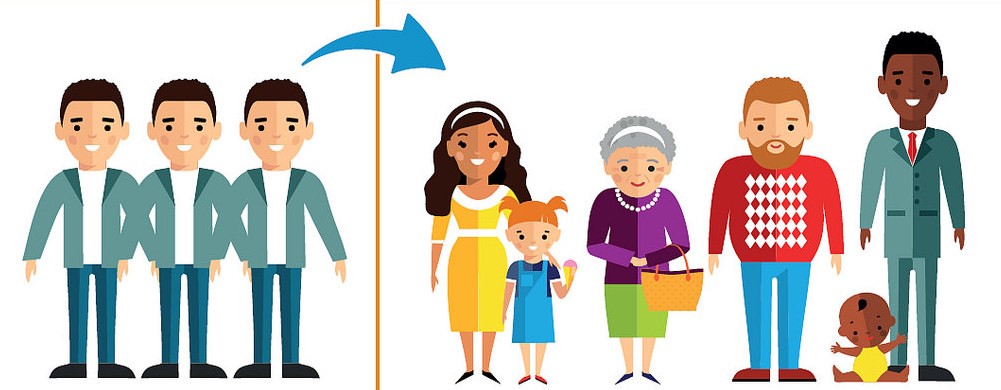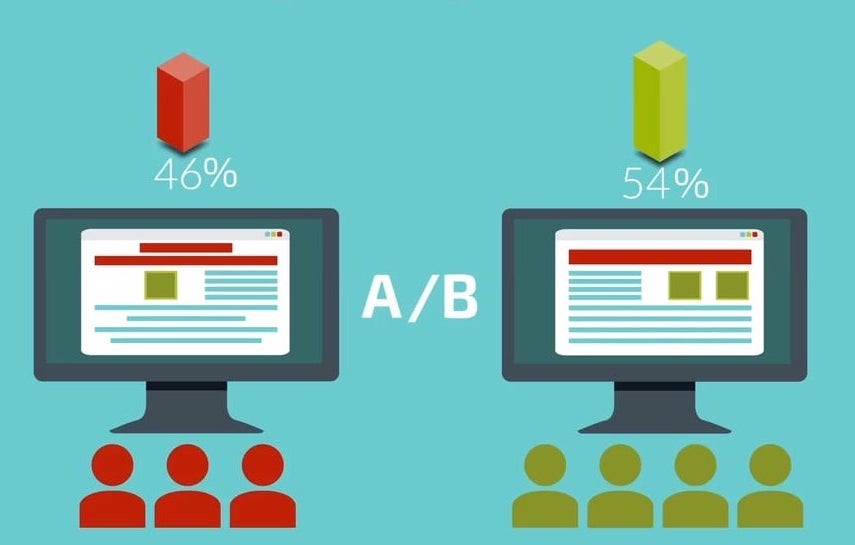A few years ago, I learned a nifty trick about names and profession. The trick goes like this: if you have a nickname and a full name, use your full name as your “professional name”, and save your nickname for only those you network with. I use this trick all the time, as it helps me differentiate between people that reach out to me for a cold call or email, and people I’ve connected and spoken with. Simply put, if someone addresses me as Margaret, I know they haven’t taken time to get to know me; if they address me as Maggie, I know I’ve likely formed a more personal connection with them. If they’re addressing me personally, I’m more apt to do something for them, like open or read an email, or give them a call back if they leave me a voice message. This is the effect of personalization.
The phenomena that people are willing to do more for others when something is personal applies to not just me and my nickname, but to many aspects in life; personalization leads to better interactions. In this article, we’ll cover how personalization can lead to a better user website interactions and journeys. Since personalization can lead to sustained user journeys, and sustained user journeys can lead to better conversions (think: less drop out and bounce rates), you can probably guess why having personalization in a user journey is valuable.
Personalization and the User Journey
Personalization influences user journey decisions, and can increase the length of time and likelihood of user site interaction (this is also referred to as site stickiness- a sticky site means high user interactions and engagement). Because personalization encourages users to stay on sites longer and interact with more features, personalization is a valuable tool. For instance, if an online store notices that site users who buy Item X have a tendency to also browse for Item Y, personalizing a user journey by adding Item Y into a “you might also like this” section can influence a user to go down the path of clicking more pages, therefore encouraging the user to interact with a site more, or for longer periods of time.
Personalization is valuable because it not only increases site stickiness, but also sets the stage for users to be tracked. By personalizing the interactions that users have, it creates personas for the different audiences visiting a site. For instance, if site users tend to follow a specific personalized journey (say, from Item X to Item Y to Item Z) they can be grouped into personas. These personas can then be catered to in a user journey; if the typical persona of a person visiting a site is looking for a collection of dark chocolates and champagne, site analysts might identify the persona as a person looking to buy gifts, and therefore personalize journeys to target users by offering gift wrapping options, or pre-prepared gift baskets. By including personalization for varying personas, site users can be led to specific actions (ie: buy a gift basket), and are more predictable.
Personalization vs. A/B or “Split” Testing
Personalization is often lumped with A/B testing (also referred to as “split testing”). However, though both personalization and A/B testing ideally lead to site stickiness and higher conversions, they are not the same.
- A/B testing is about tracking the wants and actions of a user based on a given set of options. A/B testing gives analysts data about user choices and journeys.
- Personalization is about tailoring the content of a website to the wants and the actions of a site user. Personalization allows analysts to maximize conversions by showing users things that may interest them, based on data of what past users with similar backgrounds have looked liked.
A/B testing and personalization mesh together when the data from A/B testing is used to find patterns of past personas’ user journeys, and the knowledge of these patterns is applied to create personal journeys.
To depict this, let’s say that site analysts A/B test to see if shoppers with Item X in their cart are more likely to click on Item Y or Item Z if both were to be shown in a “see more like this” bar. Let’s also say that they find users are twice as likely to click on Item Y than the Item Z. Based on the data of past user journeys, analysts will likely personalize future user journeys by placing Item Y closer to the front of a “see more like this” section than Item Z.
Ultimately, we see that using past buyer user journeys to influence future user journeys shows us how A/B testing leads to data, and that data drives personalization, (hopefully leading to higher conversion rates!).
Overall, adding personalization to a user journey is a valuable asset for marketers. It allows for more direct and tailored connections to be made, increasing site stickiness and driving data collection. Data and site stickiness increases tend to lead to more and higher quality user journeys, resulting in higher conversions.
Questions? Comments? Suggestions? Tricks about nicknames and business? Favorite personalization tips? We’d love to hear what you have to say below!



